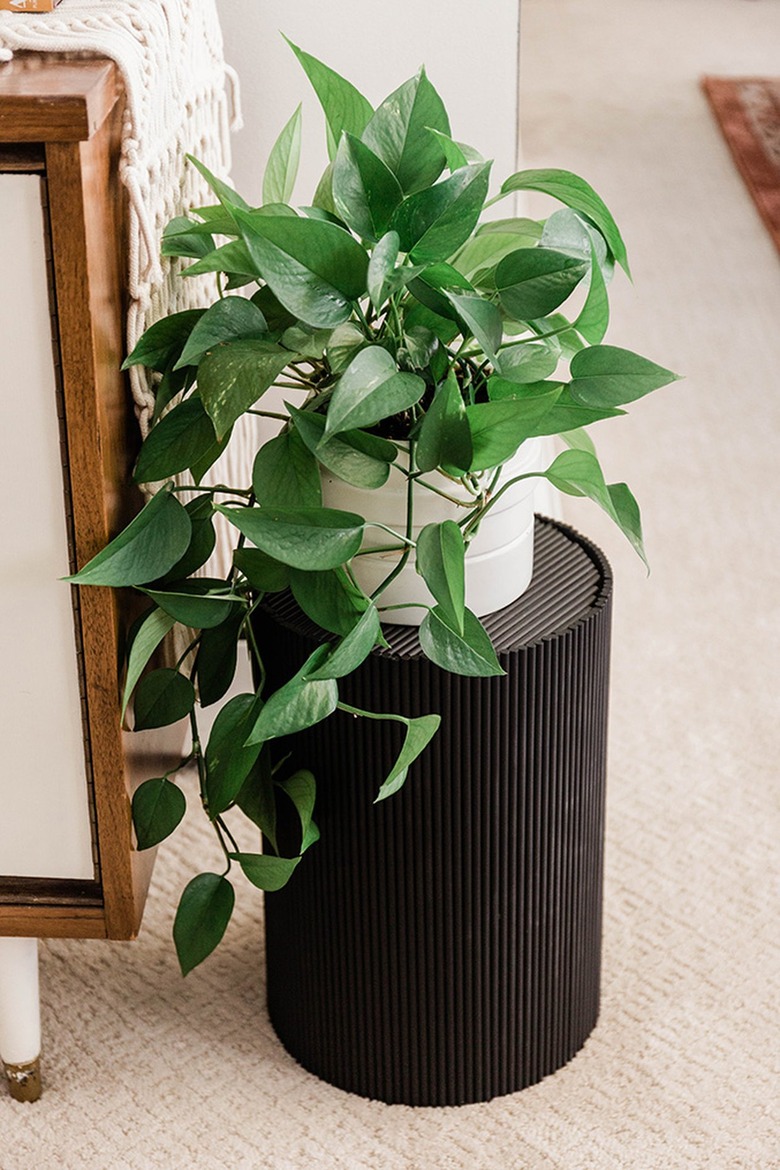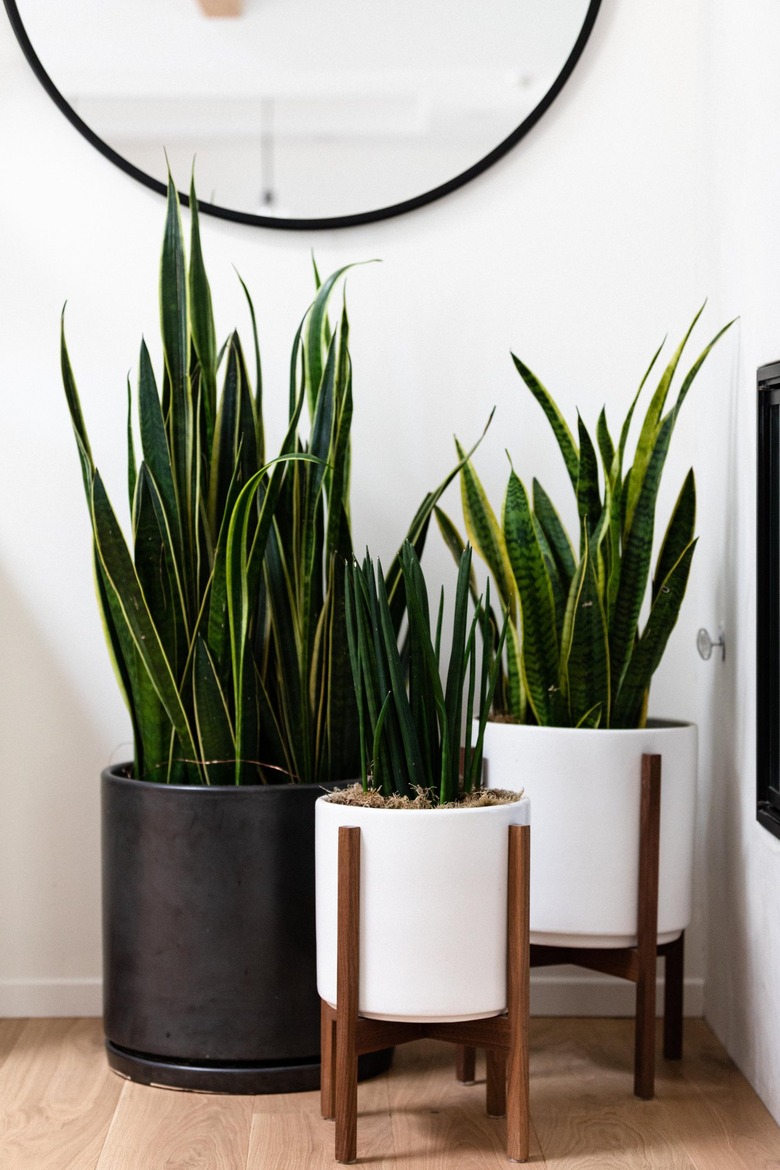How Do Plants Actually Clean Air In Our Homes?
Ever since NASA released information suggesting that houseplants could remove toxins from the air, the Internet has been flooded with articles on which plants to get and which toxins they can eliminate in your home. But while it is established that different plants work best to strip out certain toxins, few articles address the hows and whys. That has made the entire premise seem more akin to magic than science.
If you've been wondering if you need to enroll at Hogwarts to understand how houseplants deal with toxins, we're here to help. The short answer is that plants absorb gases through their foliage and roots.
NASA: Houseplants Clean the Air
NASA: Houseplants Clean the Air
The National Aeronautics and Space Administration, known as NASA, set out to determine whether normal houseplants could clean the air in space stations. This study, called the NASA Clean Air Study, found that plants were indeed able to help. The announcement in 1989 revolutionized the way we think about houseplants.
Most gardeners know that plants absorb carbon dioxide from the air and then release oxygen back into the air as part of their photosynthesis process. But this study suggested that plants could also remove volatile organic compounds (VOCs) that pollute the air, like benzene, formaldehyde, and trichloroethylene. Since these VOCs are linked to acute health conditions like asthma, cancer, and respiratory illnesses, lots of people were very excited about the news.
"Breathing" Through Stomata
"Breathing" Through Stomata
So how does this all work? Plants are known to take in gases through their leaves. They absorb a gas — like carbon dioxide during photosynthesis — through small, pore-like holes on the leaf surfaces called stomata. They release the after-product of photosynthesis, oxygen, through these same stomata. This happens every day during photosynthesis, the process by which plants convert light energy and carbon dioxide into chemical energy to fuel growth.
Stomata are tiny openings in the plant tissue, typically found on plant leaves but sometimes also found on stems. Stomata act like little mouths that open and close during transpiration. Guard cells are specialized cells that surround stomata and open and close them. Guard cells close stomata when it's hot and dry to prevent water loss.
In their study, NASA scientists discovered that indoor plants can absorb not just carbon dioxide but many other types of gases through the stomata on their foliage. This include VOCs like benzene (found in some plastics, fabrics, pesticides and cigarette smoke), formaldehyde (found in some cosmetics, dish detergent, fabric softener and carpet cleaner), and trichloroethylene (found in adhesives, paint removers, typewriter correction fluids and spot removers).
Different plant species work best for different toxins, so when you do this at home, it is best to use a mix of plants. Fortunately, the best plants for cleaning air are common houseplants, not rare and expensive specimens.
Role of Roots
Role of Roots
NASA's conclusion was that houseplants can absorb these gases through their leaves. But what happens to the VOCs then? The plants transport them to their roots, where microbes feed on and detoxify them. Microorganisms that live in the soil of potted plants are also instrumental in neutralizing VOCs and other pollutants.
In fact, scientists doing additional research on this topic in 2004 found that leaves were not doing the bulk of the air filtering. Rather, this was accomplished by the roots and soil. As part of the experiment, researchers stripped off all of the plant's foliage and — to their surprise — found that the air-purifying effect was only slightly less than with the leaves in place.
The study concludes that it is plant roots and their associated microorganisms that actually destroy the pathogenic viruses, bacteria, and organic chemicals. Over time, all of these air pollutants are transformed into new plant tissue. Most plants can do this to some degree but a few are more adept at removing VOCs than others. These include spider plants, Boston ferns, English ivy, areca palms, golden pothos, aloe vera, snake plants, and peace lilies.



